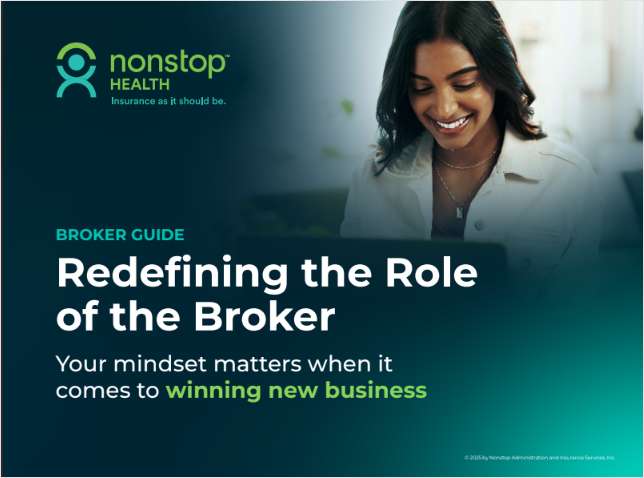 We all know the health care system is rife with wasteful spending. But when researchers from a prestigious institution like the University of Pittsburgh School of Medicine estimate that waste at 25 percent of all spending, alarm bells go off. And it got me to wondering what the magnitude of employer health care spending might be.
We all know the health care system is rife with wasteful spending. But when researchers from a prestigious institution like the University of Pittsburgh School of Medicine estimate that waste at 25 percent of all spending, alarm bells go off. And it got me to wondering what the magnitude of employer health care spending might be.
The University of Pittsburgh research, published in JAMA in October, was referenced in a HealthLeaders article that cited more research pinning total 2019 U.S. health care spending at $3.82 trillion. OK, 25 percent of that gives us $955 billion.
Recommended For You
Complete your profile to continue reading and get FREE access to BenefitsPRO, part of your ALM digital membership.
Your access to unlimited BenefitsPRO content isn’t changing.
Once you are an ALM digital member, you’ll receive:
- Breaking benefits news and analysis, on-site and via our newsletters and custom alerts
- Educational webcasts, white papers, and ebooks from industry thought leaders
- Critical converage of the property casualty insurance and financial advisory markets on our other ALM sites, PropertyCasualty360 and ThinkAdvisor
Already have an account? Sign In Now
© 2025 ALM Global, LLC, All Rights Reserved. Request academic re-use from www.copyright.com. All other uses, submit a request to [email protected]. For more information visit Asset & Logo Licensing.








